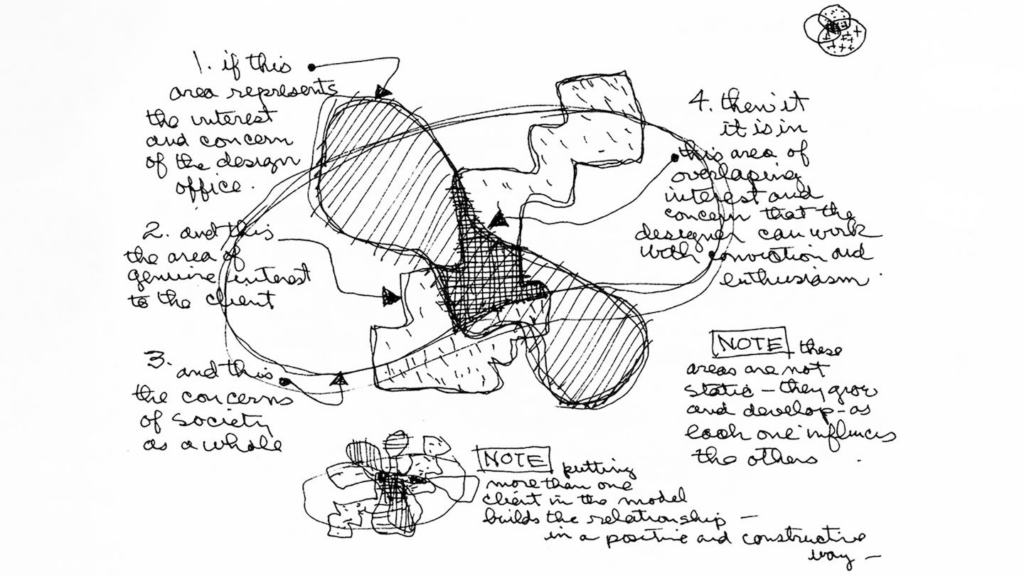- blog
- Business
Always pioneering, Nike recently set out to produce the lowest carbon shoe ever developed. The sneaker, called “Space Hippie,” is more than a marvel of upcycling waste into a new product. It illustrates how a multistakeholder approach to problem-solving can yield groundbreaking outcomes for the business.
Jon Iwata, former IBM Chief Brand Officer and now Executive Fellow at Yale School of Management offered this example as part of a Page Conversation on stakeholder capitalism. At Yale he’s been leading a research project that he hopes will ultimately lead to a new curriculum on “the how” of stakeholder capitalism. Jon rejects the idea that stakeholder capitalism is about “doing good.” Rather, he believes that creating value for all the stakeholders who bear on a company’s long-term success is a competitive reality.
Building on this, Jon borrows a notion from design -- from legendary designer Charles Eames -- that design is not an art but a methodical process of achieving a purpose within a defined set of constraints. In a communications context, the effort to serve the interests of multiple stakeholders should not be primarily about the making of trade-offs and elegant compromises and the finding of common ground. Rather, it is about understanding -- even welcoming -- the requirements of stakeholders. These determine the specific conditions -- design constraints -- that often lead to new solutions and forms of business innovation.

In this sketch from Eames, you can see (even without reading the text) that the intersecting areas represent different constraints on a design. The aim of the designer is to maximize the overlap, to discover the most elegant solution to the problem (which is actually how Eames defines design). In this framing, CCOs aren’t brokers negotiating acceptable terms between parties, but engineers of solutions that create value for the targeted stakeholders.
The Nike example illustrates the concept. Manufacturers and society are relevant stakeholders. Manufacturers need the materials to produce goods, but the low carbon footprint goal requires that those materials be sourced as close as possible to where they’ll be used, reducing the need to transport them. So, one constraint is proximity between materials -- literally, hills of scraps -- and factories. Customers are also a critical stakeholder; Nike wasn’t setting out to produce a prototype or proof of concept but a commercially viable product. So the famous “Swoosh Standard” presented multiple constraints. At each stage, Nike contemplated the conditions required to satisfy these kinds of requirements while creating the most value possible, and a product true to their brand.
Communications professionals may not be designers, but they are effective problem solvers. The era of stakeholder capitalism calls for a rethinking of what problems and opportunities companies choose to pursue -- problems framed not to create value for just one stakeholder but for several. CCOs, with their multi-stakeholder vantage point, are ideally situated to play an important role in how their companies frame these conjoined problems and opportunities and actually create value for stakeholders.
Do you have an example of this approach from your experience or enterprise? Jon’s project is collecting those insights, so please share your story in the comments.